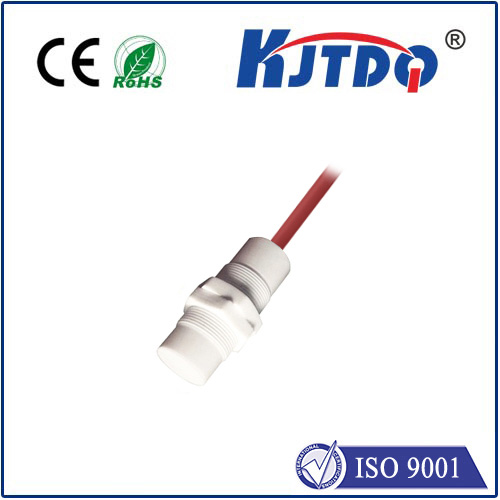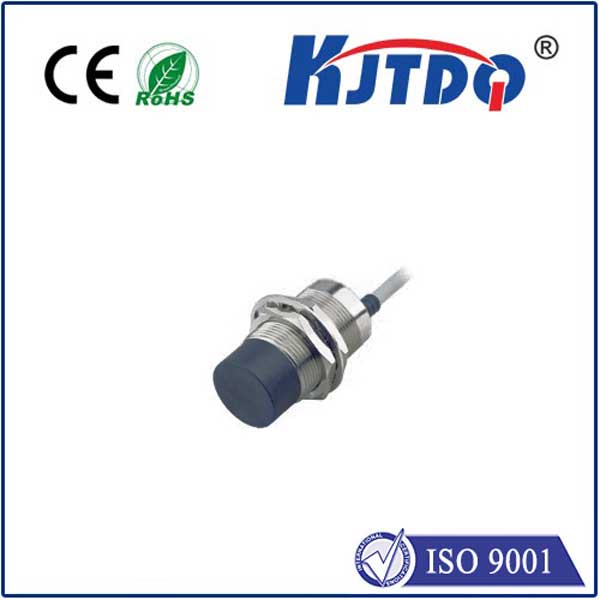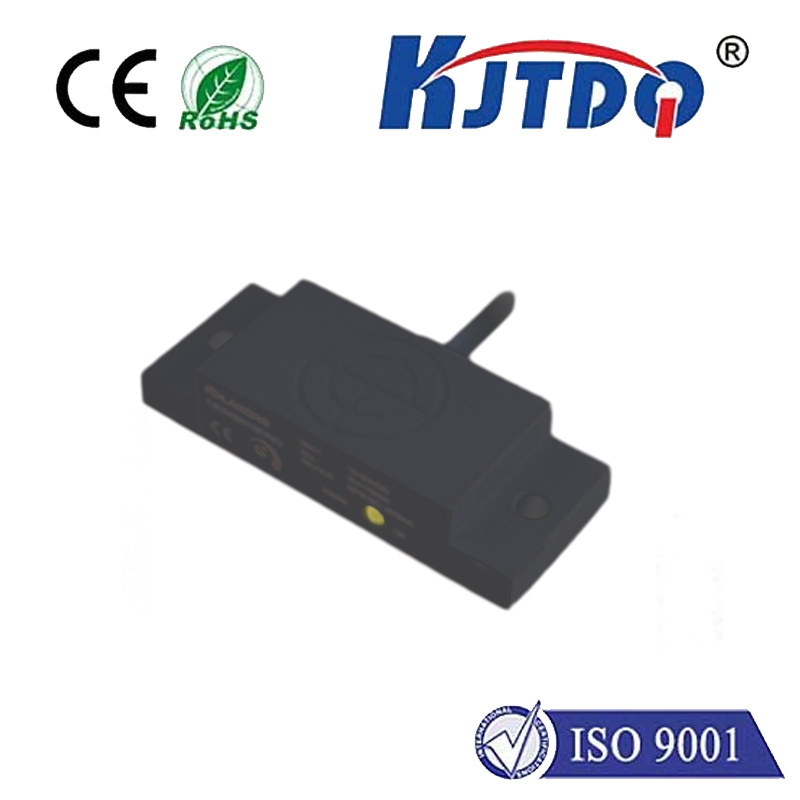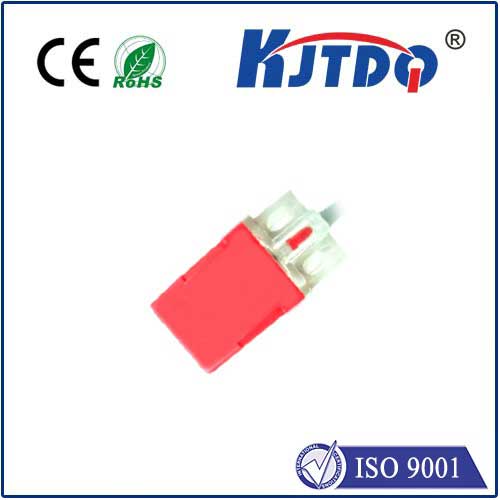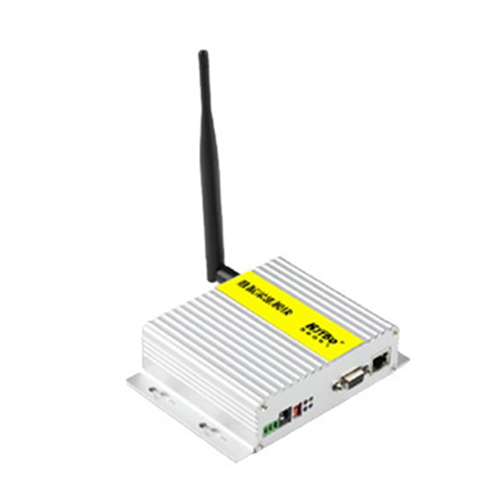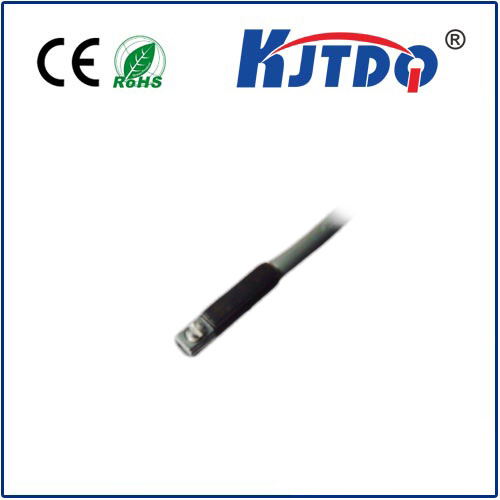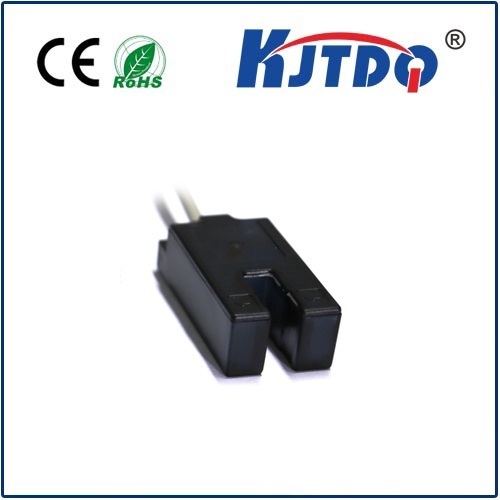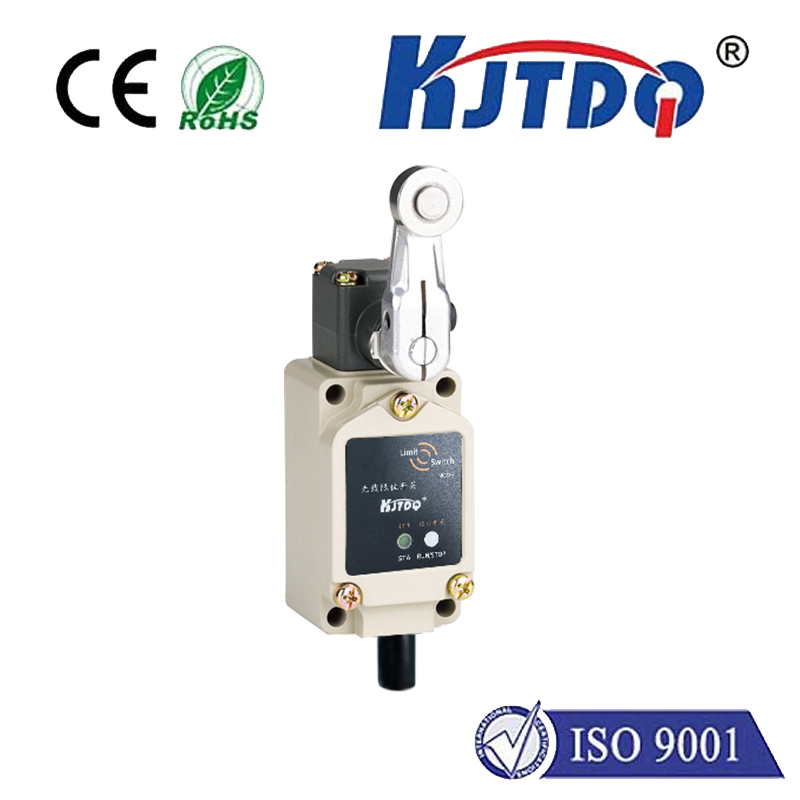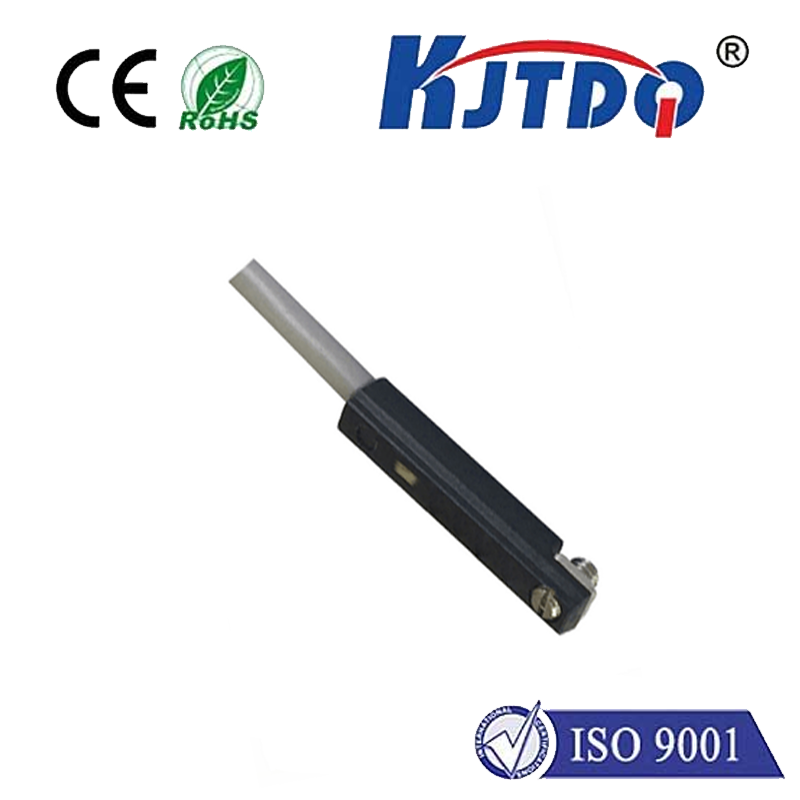best temperature sensor
- time:2025-08-21 04:41:57
- Нажмите:0
Finding Your Perfect Match: How to Identify the Best Temperature Sensor for Your Specific Application
Choosing the “best” temperature sensor is a bit like asking for the “best” tool. A hammer excels at driving nails but fails miserably at turning screws. Similarly, the ideal temperature sensor depends entirely on the unique demands of your application. What defines “best” hinges on a complex interplay of required range, accuracy, response time, environmental conditions, durability, budget, and installation constraints. Navigating this landscape requires understanding the strengths and limitations of the primary sensor technologies available.
Why Precision Temperature Measurement Matters
Accurate temperature data is the silent hero underpinning countless modern processes. It ensures food safety during processing and storage, guarantees pharmaceutical efficacy, optimizes engine performance, maintains critical climate control in hospitals and data centers, and drives efficient energy management in buildings and industrial plants. An inaccurate or unreliable sensor isn’t just inconvenient; it can lead to product spoilage, safety hazards, regulatory non-compliance, inefficient resource use, and significant financial losses. Selecting the right tool for the job is paramount.

Demystifying the Major Temperature Sensor Contenders
Several sensor types dominate the market, each with its distinct operating principle and ideal use case:
- Thermocouples (TCs):
- Principle: Generate a small voltage based on the temperature difference between two dissimilar metal junctions (measurement and reference).
- Strengths: Extremely wide temperature ranges (some types exceeding 2000°C), robust, relatively low cost, simple construction, fast response times.
- Limitations: Lower inherent accuracy and stability compared to RTDs, require cold junction compensation, susceptible to electrical noise, potential for drift over time.
- Best For: High-temperature applications (furnaces, engines, turbines), general-purpose industrial monitoring where extreme ruggedness or wide range is prioritized over ultra-high precision.
- Resistance Temperature Detectors (RTDs):
- Principle: Measure the change in electrical resistance of a pure metal wire (typically platinum, PT100 or PT1000 being common standards) as temperature changes.
- Strengths: High accuracy and repeatability, excellent long-term stability, good linearity. Platinum RTDs are considered the gold standard for industrial precision.
- Limitations: More expensive than TCs, smaller temperature range (typically -200°C to 600°C, with some specialized types higher), slower response time than TCs, require current excitation, susceptible to mechanical stress (vibration).
- Best For: Lab and process control requiring high accuracy and stability, HVAC systems, medical equipment, food processing, anywhere precise and reliable measurement is critical.
- Thermistors:
- Principle: Semiconductor devices whose resistance changes significantly with temperature. Available as Negative Temperature Coefficient (NTC - resistance decreases with temp) or Positive Temperature Coefficient (PTC - resistance increases with temp).
- Strengths: High sensitivity (large resistance change per degree), fast response time (especially bead types), lower cost, available in very small sizes.
- Limitations: Non-linear output (requires complex linearization), limited temperature range (typically -100°C to 300°C), fragile (especially glass bead types), self-heating can cause errors, limited long-term stability compared to RTDs.
- Best For: Precision temperature measurement and control within their limited range (especially NTCs for under 150°C like medical thermometers, battery packs, electronics), over-temperature protection circuits (PTCs), applications needing small size and fast response.
- Infrared (IR) Sensors (Non-Contact):
- Principle: Detect infrared energy emitted by an object and convert it to a temperature reading, based on emissivity.
- Strengths: Measure without touching the target, very fast response, measure moving objects or very high temperatures safely, can measure small or inaccessible areas.
- Limitations: Accuracy depends heavily on knowing the target’s emissivity and can be affected by dust, steam, smoke, or other obstructions in the line of sight; measure surface temperature only, not internal temperature; generally more expensive than contact sensors for similar accuracy.
- Best For: Moving objects (conveyors, rollers), hazardous environments, very high temperatures, measuring small components (electronics), applications where contact is impossible or undesirable.
Key Selection Criteria: Defining “Best” for YOU
Armed with knowledge of sensor types, focus on these critical application parameters:
- Temperature Range: The absolute first filter. Don’t choose a sensor that maxes out near your operating temperature; always allow margin.
- Required Accuracy and Stability: How precise does the reading need to be? Is long-term drift over months/years acceptable? RTDs generally win here.
- Response Time: How quickly must the sensor react to temperature changes? Thermistors and thin-film RTDs/TCs are typically fastest, while sheathed probes add lag.
- Environmental Conditions: Consider exposure to moisture, chemicals, vibration, abrasion, pressure, electrical noise, and extreme ambient temperatures. This dictates sensor construction, materials (stainless steel sheath? Teflon insulation?), and potentially the need for protection tubes. Ruggedness is non-negotiable in harsh industrial settings.
- Installation & Form Factor: Space constraints? Need surface mounting? Immersion depth in a tank? Threaded or flanged connection? Size and mounting style are crucial practical considerations.
- Budget: Initial cost varies significantly (Thermistors/TCs often Higher initial investment in an RTD might save money over years.
- Output & Compatibility: Simple resistance or voltage output? Need a standardized 4-20mA loop? Digital output (I2C, SPI)? Ensure compatibility with your data acquisition system or controller.
Putting it Together: Matching Sensor to Task
- Precision Laboratory Measurement: High-accuracy platinum RTD (PT100 Class A) is the de facto standard.
- Industrial Process Control (Chemical, Pharma, Food): RTDs (PT100) often preferred for accuracy/stability; TCs used for high temps or cost-sensitive applications.
- HVAC/R Building Control: NTC thermistors or RTDs (PT1000 common) due to good accuracy in the -40°C to 100°C range and cost-effectiveness.
- Automotive Under-Hood: TCs (fast response for exhaust) or specialized high-temp RTDs/PTCs (coolant/air temp).
- High-Temperature Furnaces/Kilns: Specialized refractory metal thermocouples (Type B, R, S).
- Small Electronics/PCB Monitoring: Miniature NTC thermistors or integrated digital sensors (e.g., ICs with I2C output).
- Moving Parts/Hazardous Materials: Non-contact Infrared sensors offer a safe solution.
- Consumer Appliances: Typically cost-optimized thermistors or simple bimetallic switches.
Beyond the Sensor Element: System Considerations
Remember, the sensor is only part of the chain. Consider:
- Signal Conditioning: TCs need cold junction compensation; RTDs/Thermistors need excitation current and often linearization. This can be handled instrument-internally or via external transmitters.
- Calibration and Maintenance: Even the best sensor drifts. Factor in calibration intervals and procedures to maintain accuracy. RTDs generally hold calibration longer than TCs or thermistors. IR sensors require periodic cleaning and verification.
- Probe Design: The sensor element needs protection. Sheath material, diameter, insertion

